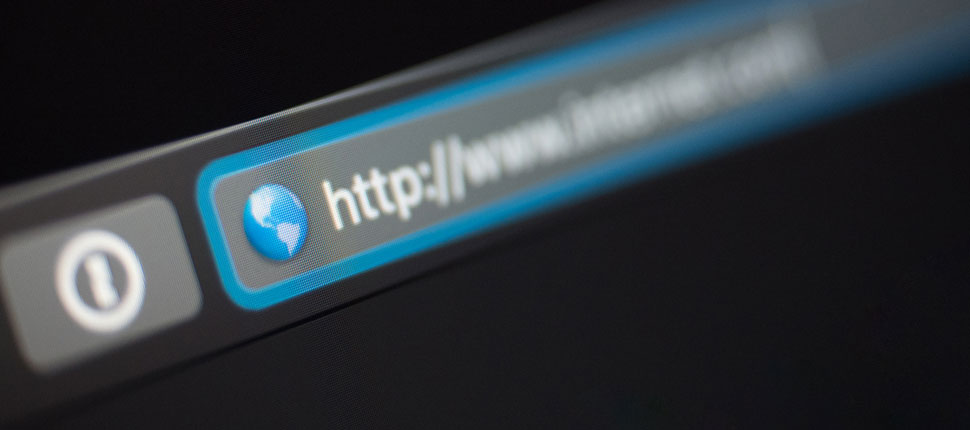What’s the Dark Web? What Happens There – and Is It All Illegal?

Ever hear of the “dark web”? If so, it may sound rather mysterious. Your instincts were right – it is. But we can make it much less so.
The dark web is a decentralized network of internet sites that try to make users as anonymous as possible by routing all their communications through multiple servers and encrypting it at every step.
Given the dark web’s widespread use by people who don’t want their activities known to the authorities, you might be surprised to hear that it was conceived and prototyped by researchers at the U.S. Naval Research Lab, scientists who’d already recognized that the open internet was extremely susceptible to surveillance.
Building on their work, the Tor Network went live in 2002, making the dark web widely available for the first time. Six years later, the Tor Project released the Tor Browser, designed to make the dark web somewhat easier to navigate – though, as CSO Magazine noted recently, it can still be “unpredictable, unreliable and maddeningly slow.” Tor says its network now includes several thousand servers and millions of users, though it’s hard to tell whether its user base is continuing to grow.
What happens on the dark web?
What are those users doing? Well, some people just feel extremely strongly about their privacy, and prefer to hang out where they can’t be watched, even if they’re just playing online chess. Other people want to communicate out of reach of governments they consider tyrannical. For example, Tor says its network was widely used by activists during the 2010 uprisings of the Arab Spring. Several journalism and human rights organizations host SecureDrop on the Tor Network to help sources and whistleblowers safely send sensitive files.
Many of the dark web’s most widely known sites have been criminal. For example, there was the Silk Road market for illegal goods operated by Ross Ulbricht (a.k.a., Dread Pirate Roberts), taken down by the federal government in 2015. (Ulbricht now sits in prison, convicted on charges related to money laundering, conspiracy, drugs, and hacking.) In 2018, US federal investigators broke a ring of dealers in fentanyl and other dangerous illegal drugs who sold through marketplaces such as the now-closed AlphaBay. Then, in May 2019, international police took down two more dark web marketplaces: Wall Street Market (WSM) and Valhalla Market (a.k.a. Silkkitie).
Home to illicit activity
Just how much of the dark web is about illegal activity? In 2016, Daniel Moore and Thomas Rid made a herculean attempt to find out. They identified 5,205 sites, nearly 48% apparently inactive and containing no content. Of those that seemed active, well over half appeared illicit, hosting a widely diverse set of illicit activities.
At the top of the list: 423 sites apparently trading or manufacturing illegal drugs, including illegally obtained prescription medicines. 327 sites apparently facilitated financial crime, such as money laundering, counterfeiting, or trade in stolen accounts or credit cards. Moore and Rid found 140 sites “espousing extremist ideologies” or “support for terrorist violence,” some with how-to guides or extremist community forums. 122 sites contained pornography “involving children, violence, animals, or materials obtained without participants’ consent.” Rid and Moore also found smaller number of hacking tools and marketplaces; a few dozen sites trading weaponry; and 17 sites claiming to offer hitmen for hire or facilitating violence in other ways.
Of course, that’s a snapshot in time: one key characteristic of the dark web is its instability. Sites quickly come and go, especially illegal sites run by criminals, who’ve been known to repeatedly move operations to evade the police (and sometimes, unhappy customers).
Now that you know what the dark web is, and what you might find there, how would you visit if you wanted to? You’d start by downloading and installing the Tor browser. Tor sites and services end in .onion and don’t have user-friendly names; you have to find them, and conventional search engines like Google won’t work. Instead, you use a specialized dark web search engine such as Ahmia.
Remember, if you decide to explore using the dark web, take the necessary precautions to protect yourself. It’s not hard to wander into questionable content there so you shouldn’t take the leap into using the dark web without educating yourself ahead of time. And, as always, be sure you're using powerful tools like those included with Sophos Home Premium to protect yourself and stay safe whenever you’re online.
Dark web versus deep web
By the way, don’t confuse the “dark web” with the “deep web.” While definitions vary, the “deep web” usually refers to all the web content you can’t find with a search engine – including plenty of legitimate content that’s generated on the fly when you visit a web site and make a request that requires the site to build a page using its own databases and tools, or requiring authentication to access.
Chances are, you generate plenty of “deep web” content yourself: if you use an online email service like Gmail or Hotmail, all your messages are part of the deep web – and you sure wouldn’t want those to be accessible from a public browser. When you think about it, it’s no surprise that the deep web is far bigger than the public web. But the deep web’s enormity and transience means there’s a lot of really important information researchers and historians will probably never see.